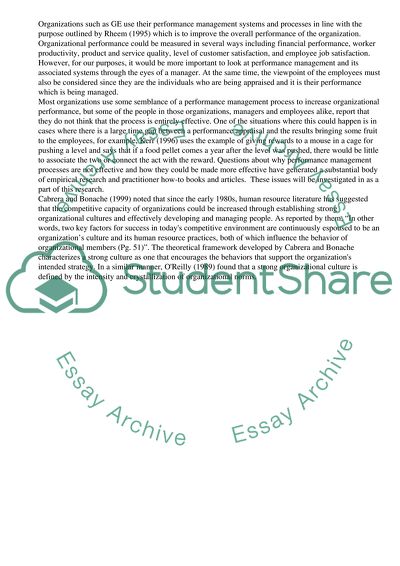Cite this document
(The Goals of Performance Management Case Study Example | Topics and Well Written Essays - 4250 words, n.d.)
The Goals of Performance Management Case Study Example | Topics and Well Written Essays - 4250 words. Retrieved from https://studentshare.org/management/1709853-performance-management-development
The Goals of Performance Management Case Study Example | Topics and Well Written Essays - 4250 words. Retrieved from https://studentshare.org/management/1709853-performance-management-development
(The Goals of Performance Management Case Study Example | Topics and Well Written Essays - 4250 Words)
The Goals of Performance Management Case Study Example | Topics and Well Written Essays - 4250 Words. https://studentshare.org/management/1709853-performance-management-development.
The Goals of Performance Management Case Study Example | Topics and Well Written Essays - 4250 Words. https://studentshare.org/management/1709853-performance-management-development.
“The Goals of Performance Management Case Study Example | Topics and Well Written Essays - 4250 Words”, n.d. https://studentshare.org/management/1709853-performance-management-development.


